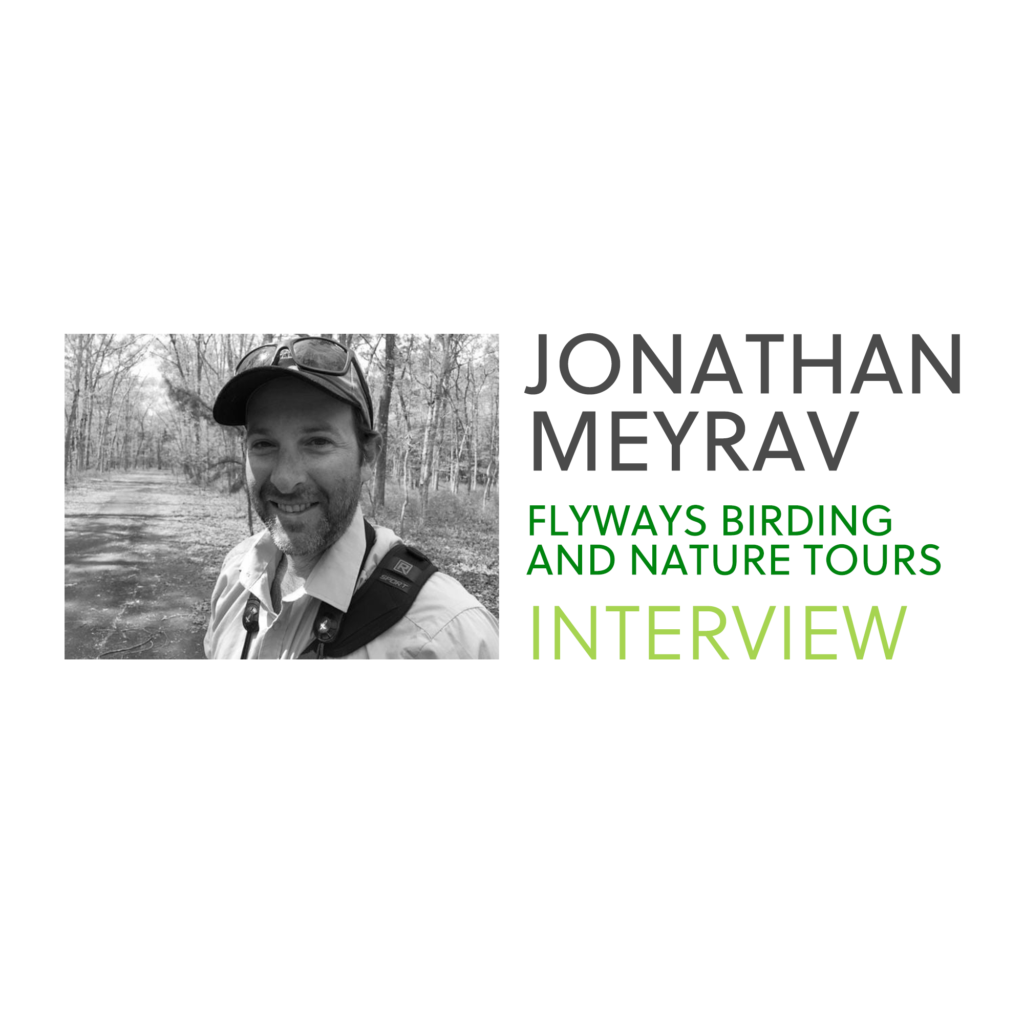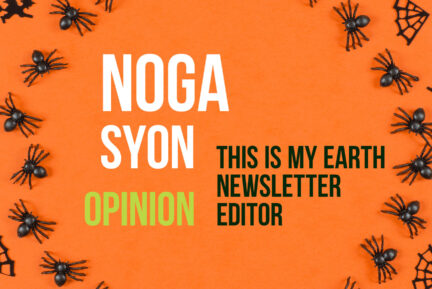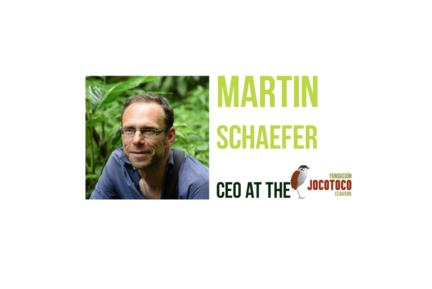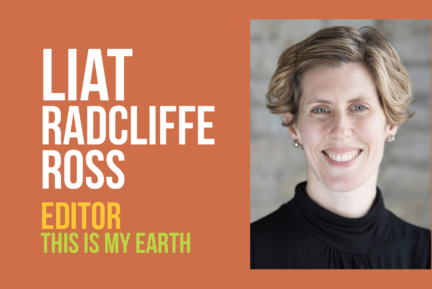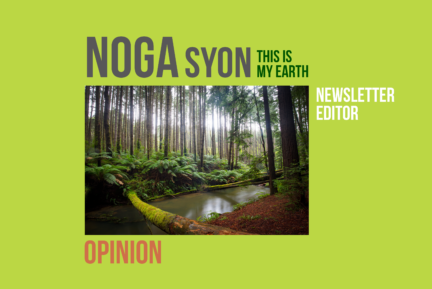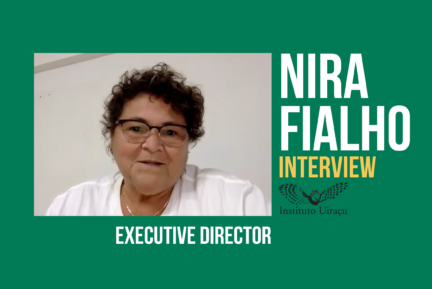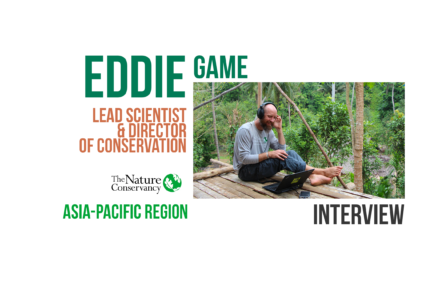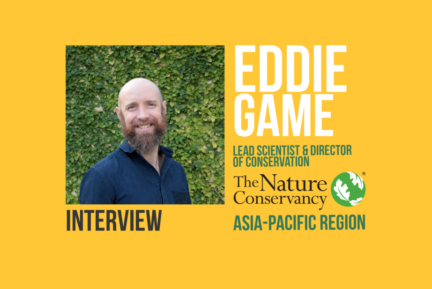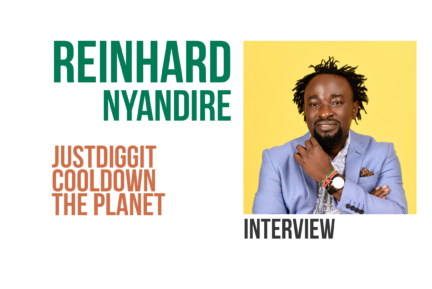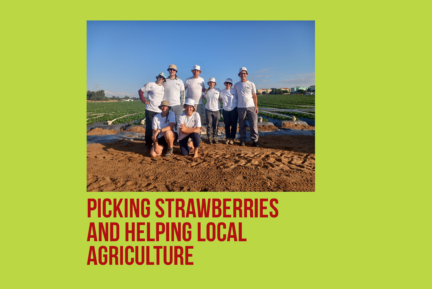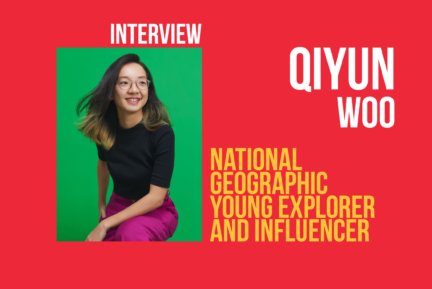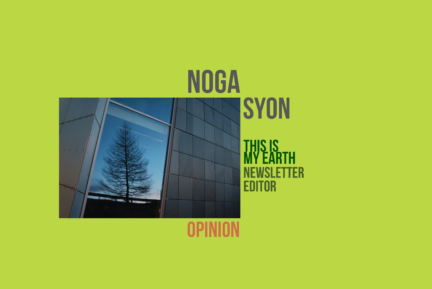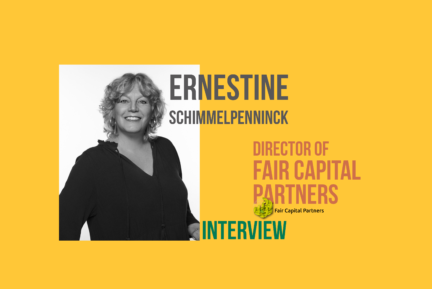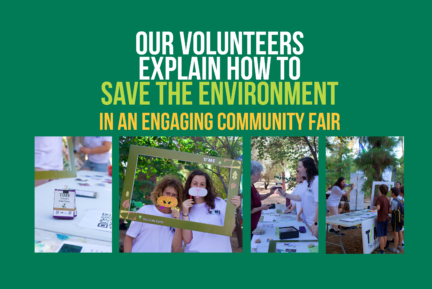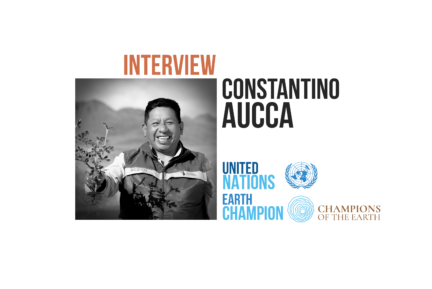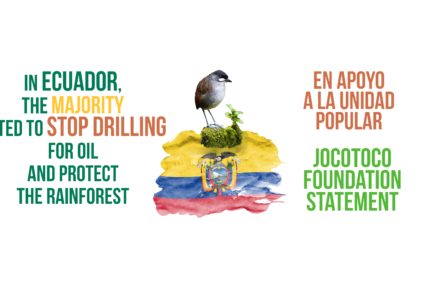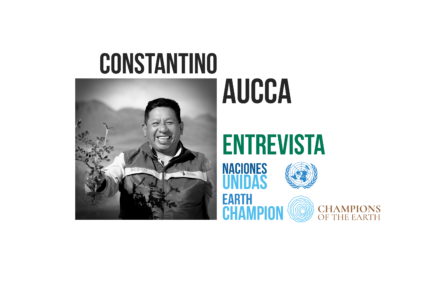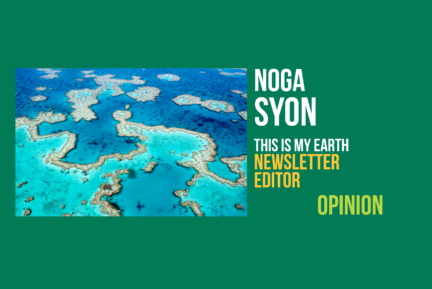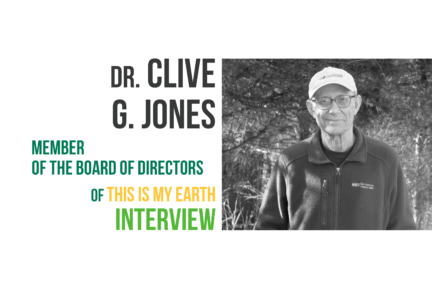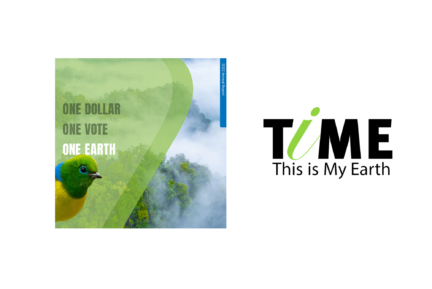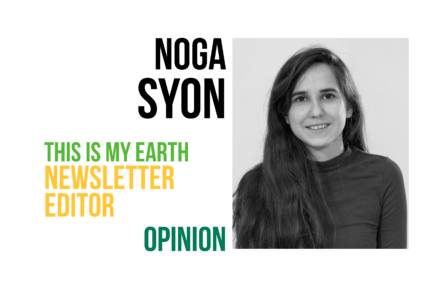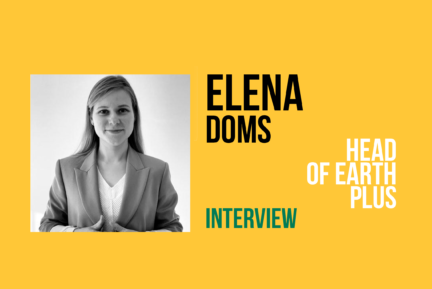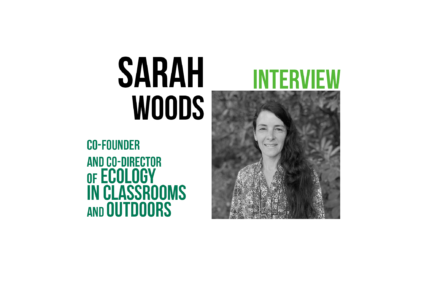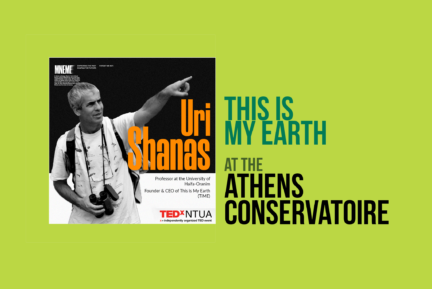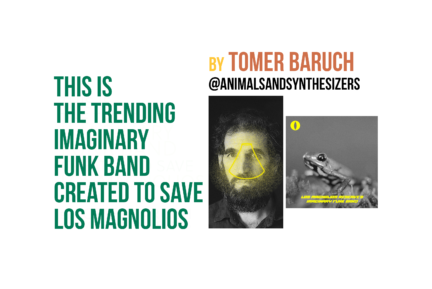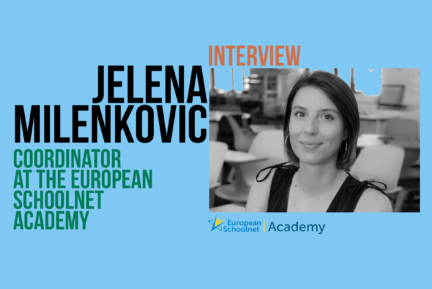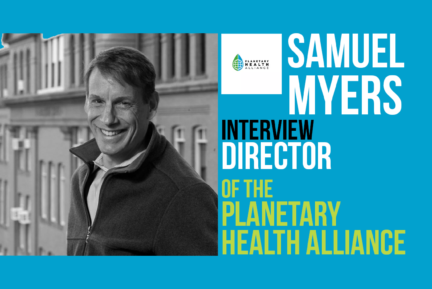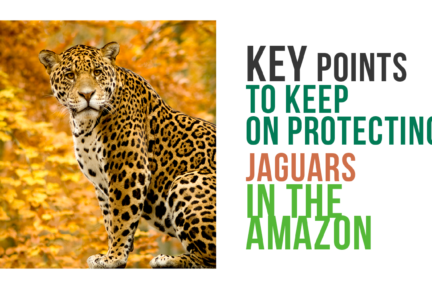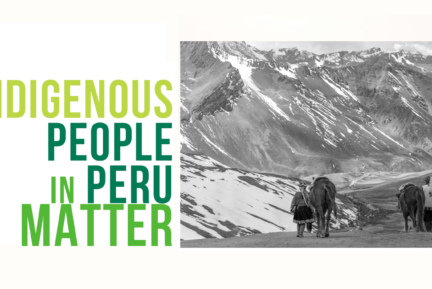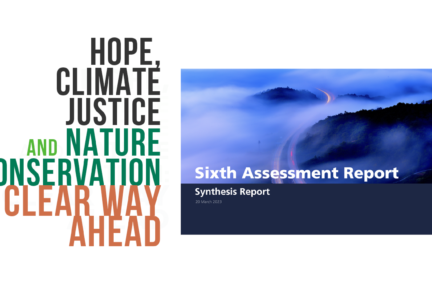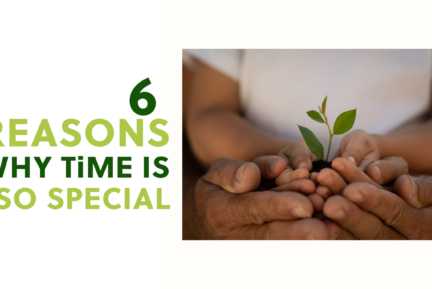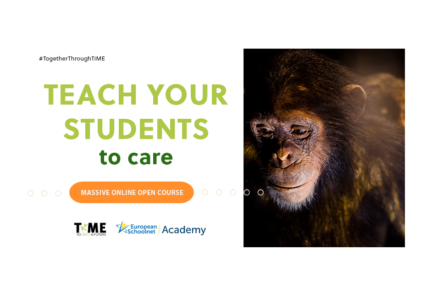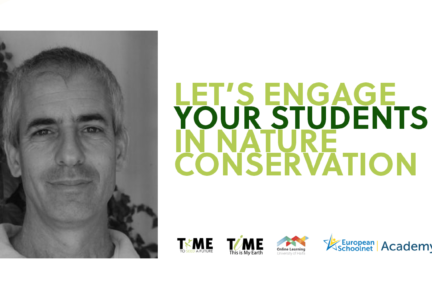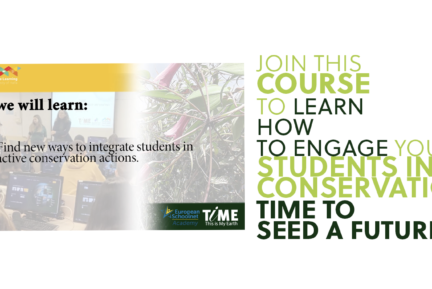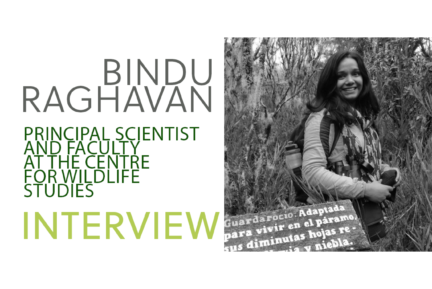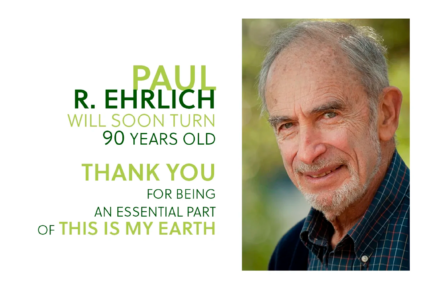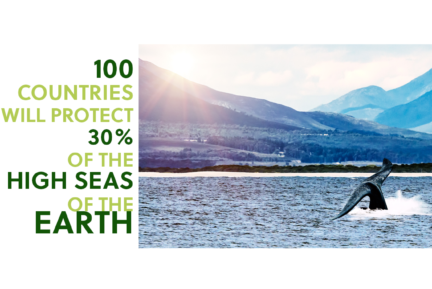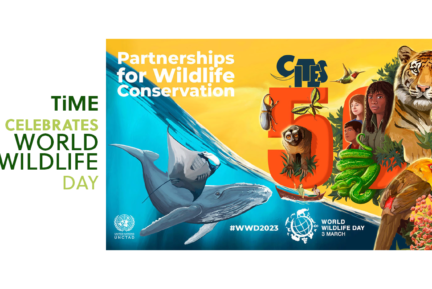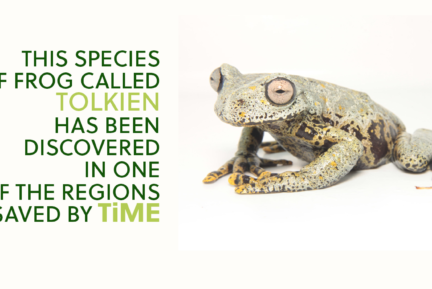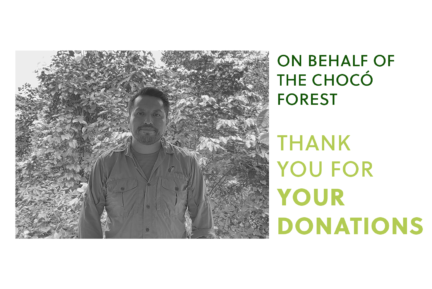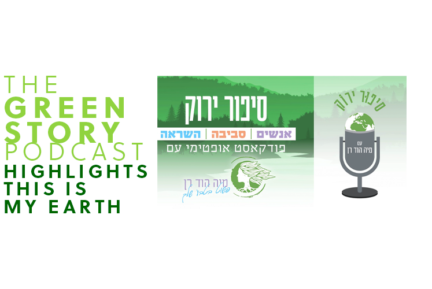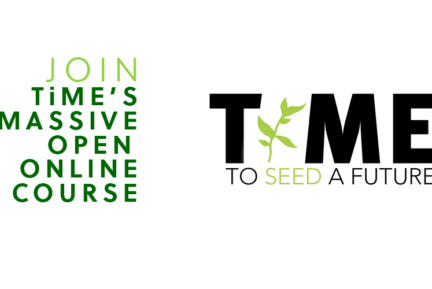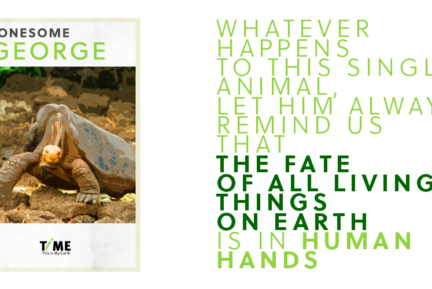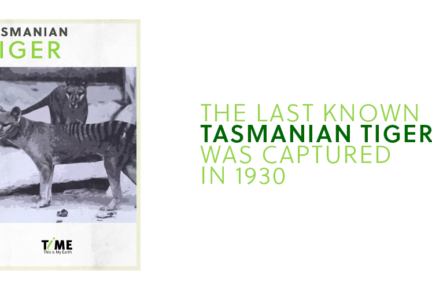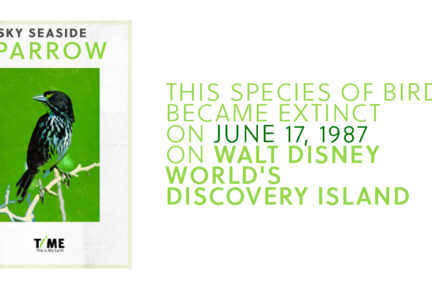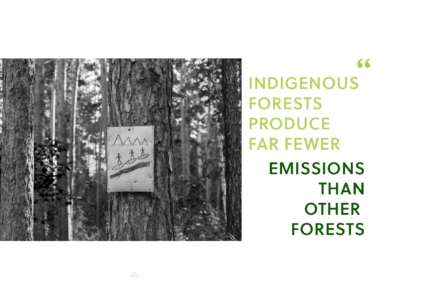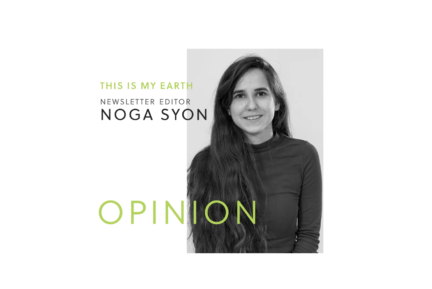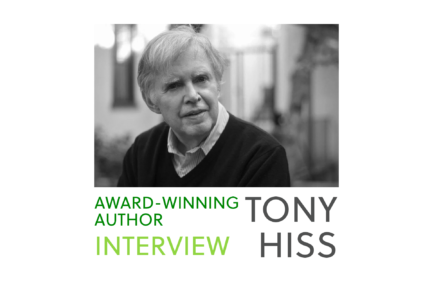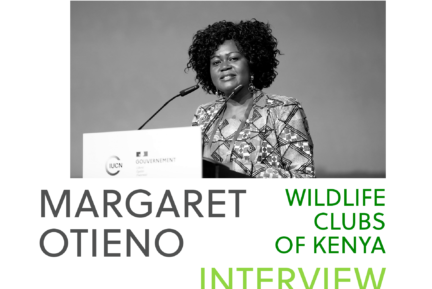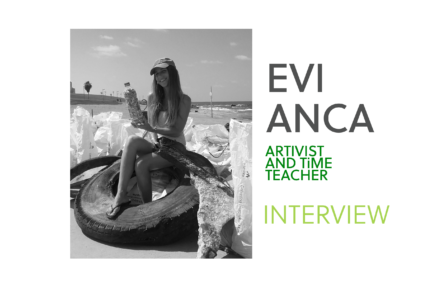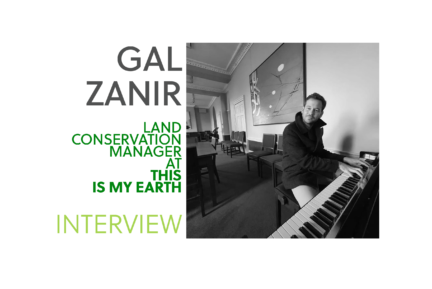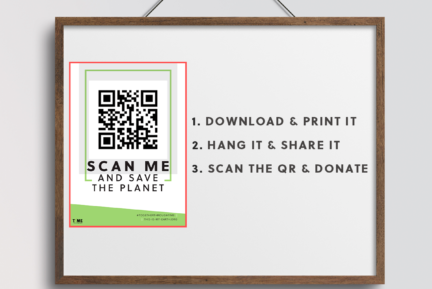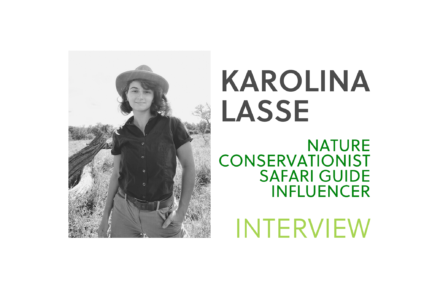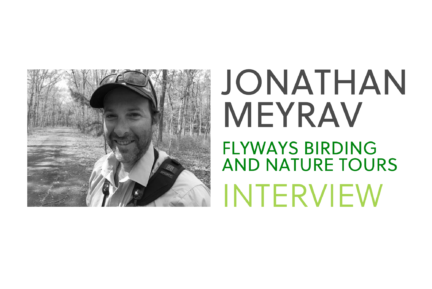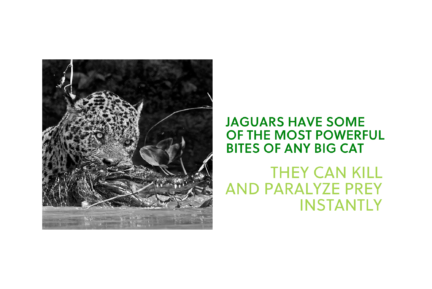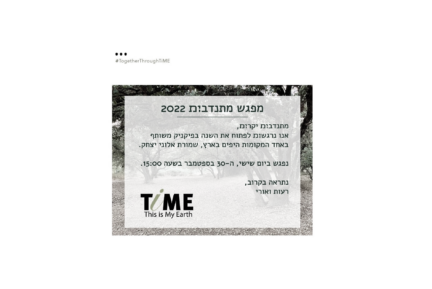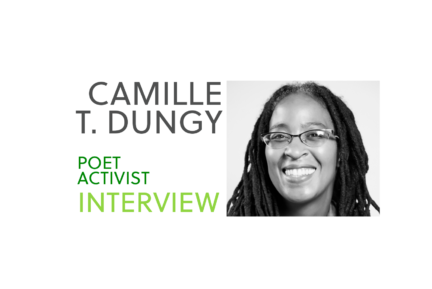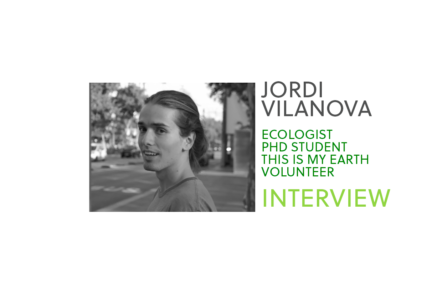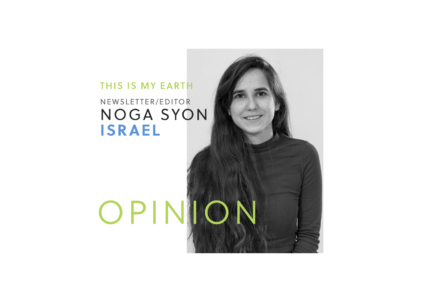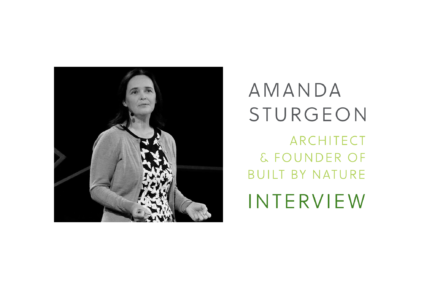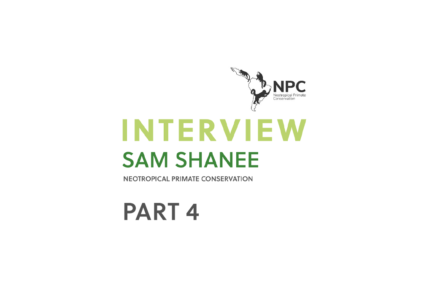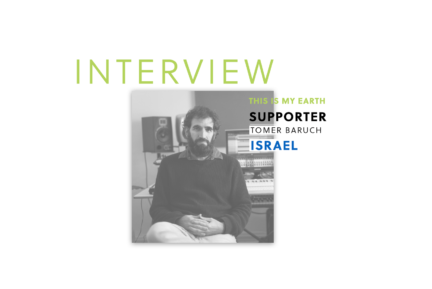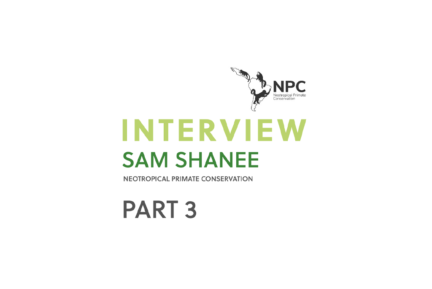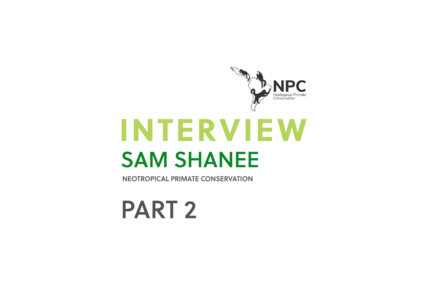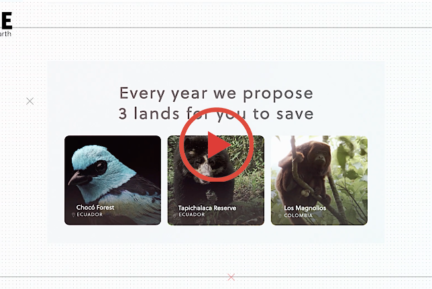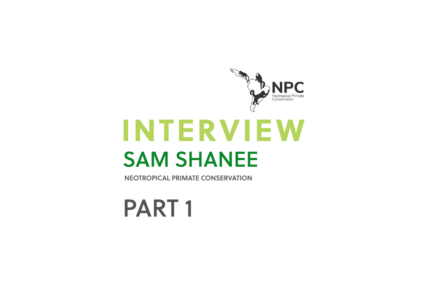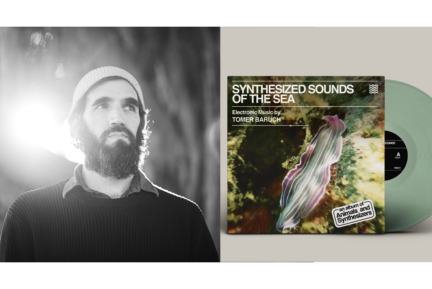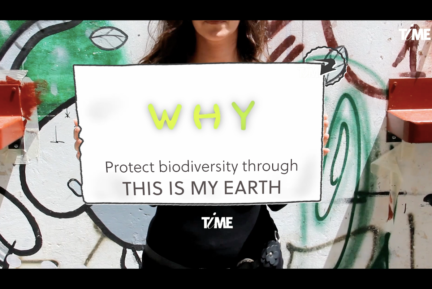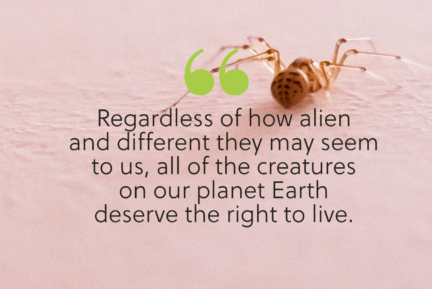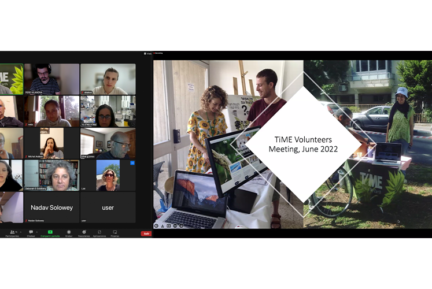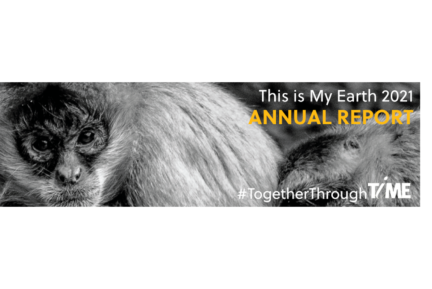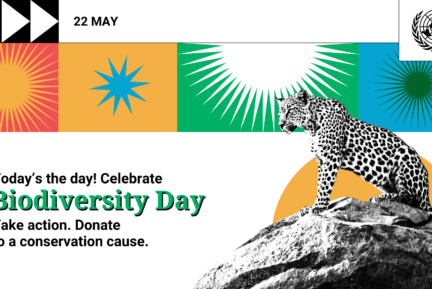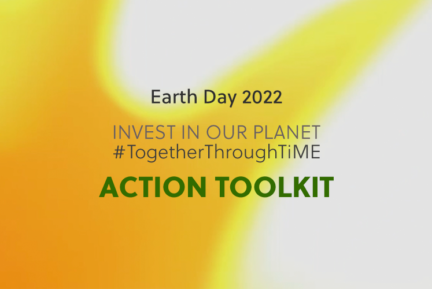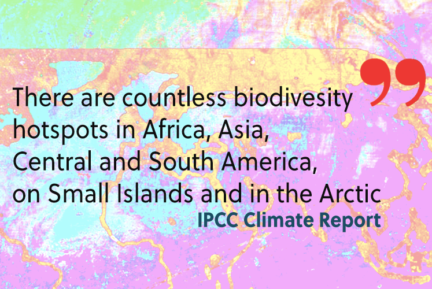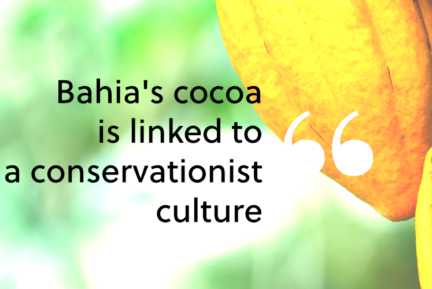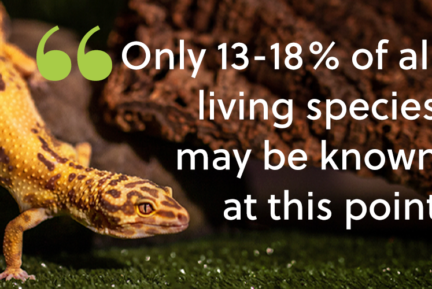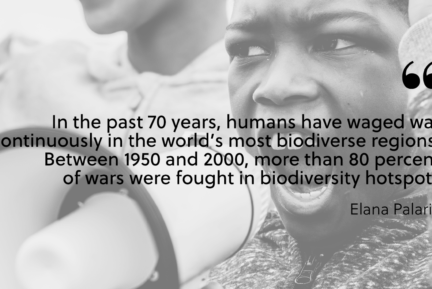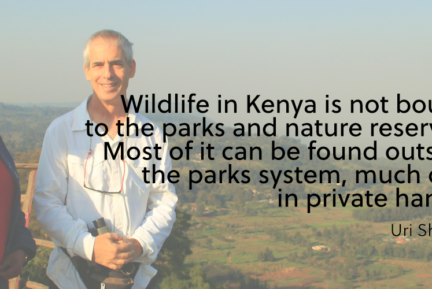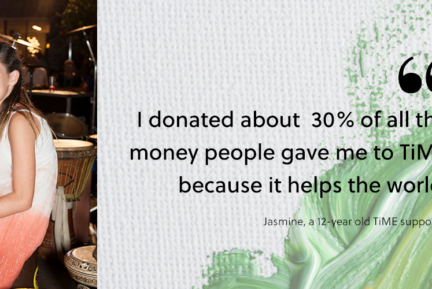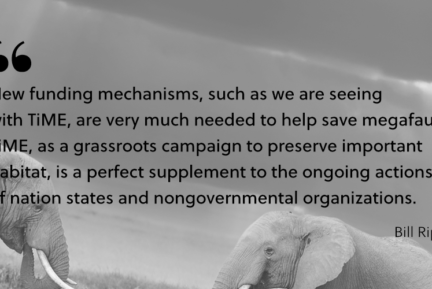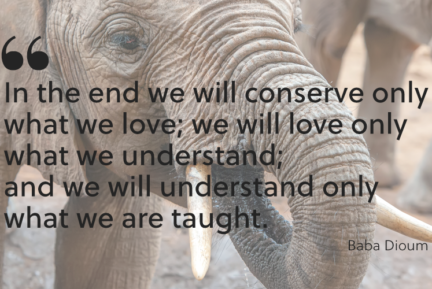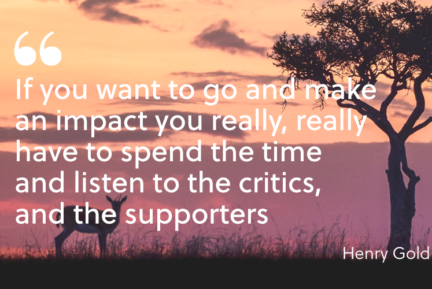How would you introduce yourself?
My name is Jonathan Meyrav, I live in Israel, I’m married with three kids and I’m first and foremost a bird-watcher. I have been bird-watching since I was a child, and birds are my life. For the last 20 years, I have been working with Birdlife Israel, which is part of the Society for the Protection of Nature in Israel (https://www.natureisrael.org), probably the largest environmental nonprofit in the country. I’m actually the tourism director of Birdlife Israel.
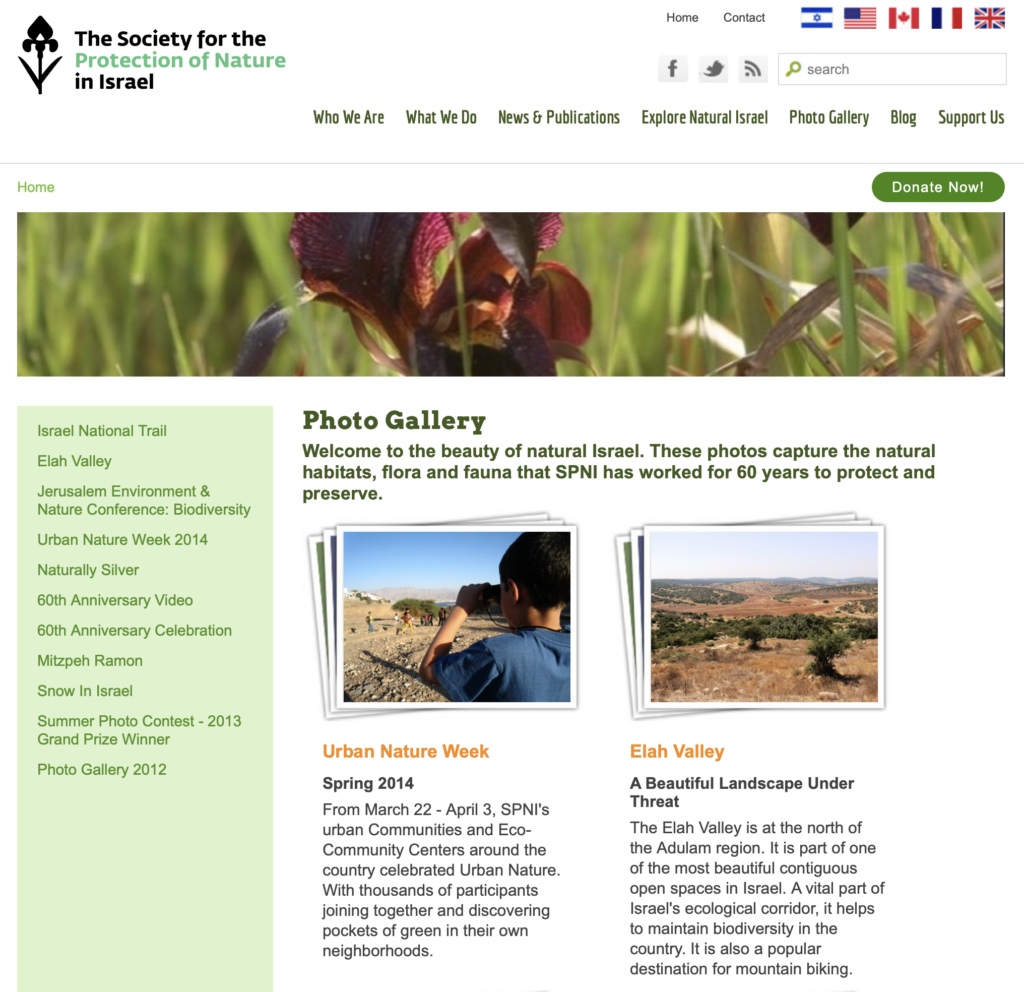
What is it that you do at Birdlife Israel?
We arrange birding tours, we arrange various international events in the name of conservation, and all the money we make from our events and from our ecotourism branch basically goes straight back into our fieldwork. We use the income to protect birds and the habitats they live in.
Is Israel a highly interesting place for bird-watching?
Over the years, Israel has been growing in popularity regarding bird-watching. Israel is in a strategic place on our planet, as it connects three continents. We have a very big migration corridor through our country. Also, our biodiversity is affected by these three continents, so we have wildlife, flora and fauna from Africa, from Asia and from Europe, all of them represented in Israel.
How does a small country such as Israel deal with so much biodiversity?
Living in a small country means that nature endures a lot of pressure. We work very hard to protect habitats and to make sure that birds and nature can be healthy despite the rapid growth we are seeing in Israel.
What can you tell us about your own birding tour?
This year, I decided to create Flyways Birding and Nature ( https://flywaysbirding.com), a private tour company. As with everything I have done in my life, it focuses on birds and conservation. I think one of the most important things we can do as living beings is to give back to nature, therefore the destinations I choose, the local guides that I work with around the world, and the activities we organize aim to respect these nature-conservation values and to help everyone involved in it.
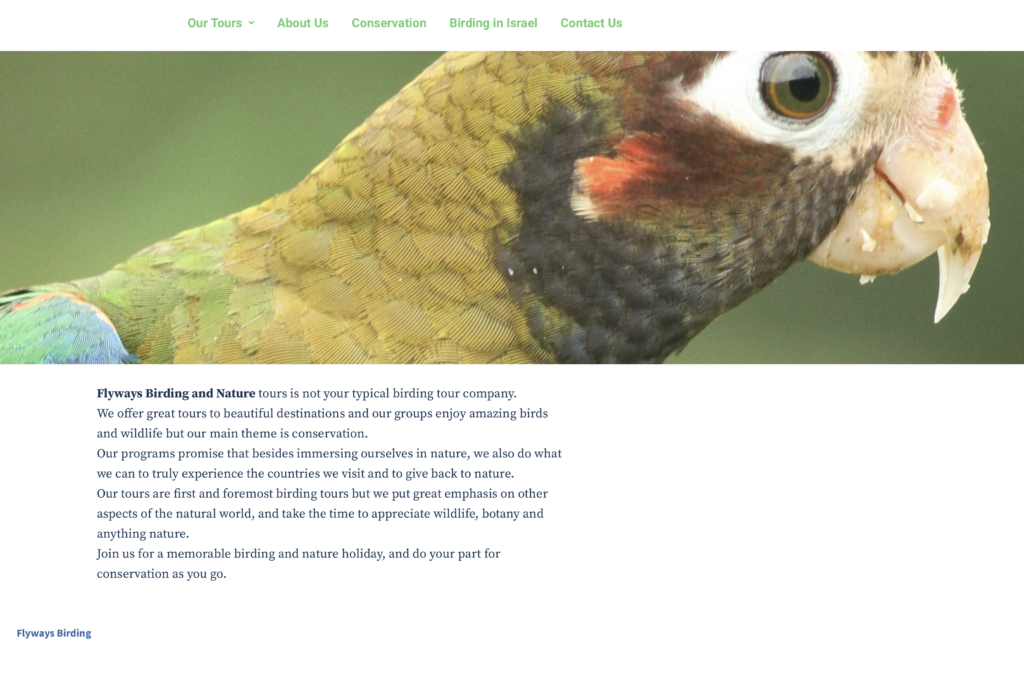
How did you get to know TiME?
I have been familiar with TiME for quite a few years. I have known Uri Shanas for quite some time, and he has been the one struggling to get This is My Earth more known in Israel. It makes a lot of sense to me that a certain amount of the money from every ticket that we sell will be donated through TiME to various nature-conservation projects. So every person that travels with us will be donating to TiME.
What is the profile of the people that join your trips?
Our tours are not “regular tourism”; we don’t go to the usual, mainstream places. Our tours are 100 percent about nature, and specifically about birds. My tours are for people who already have a certain amount of expertise in nature. We have people from all ages, but mostly they are people who know what they are looking for. Some of them are very serious bird-watchers and they join the trip in order to find a very specific species and experience.
So… if you go to India, you won’t be visiting the Taj Mahal?
We would visit it, but it is not the main focus of our trips. Our main goal is to visit nature, to see birds and understand their habitats. Throughout our daily program of our tours, we put a lot of emphasis on conservation, because sadly, we are in the middle of a climate crisis and wildlife is being pressured to a level that has never been seen. Fifty to seventy percent of the species of the world are declining, the rainforests are at risk of desertification… these are serious threats. If we don’t do what we can for nature right now, then there won’t be any nature left. That is why we are paying for our carbon footprint or doing this donation to TiME, to contribute to raising awareness and to make a difference. Every person in the world can do something.
Since most of the people who join your trips are already experts, do you have interesting debates during the tours regarding birds and nature?
I’m quite experienced in bird-watching, but I will always have a local guide in the countries we are visiting. There is nothing better than a local specialist. Also I try to learn a lot from the people that join me on the tours. I’m very happy to learn from ecologists, activists, mushroom experts, rainforests conservationists… and all of them want to learn a bit more about birds, so it’s all part of the game. It’s fun.
At This is My Earth, we have several ongoing nature-conservation projects, such as the one in the Chocó Forest with our partner Fundación Jocotoco, named after an Endangered bird in Ecuador. How do you see the situation in Ecuador and in South America?
I think both South America and the tropics are in a very delicate situation. In these areas, the connection between the various segments of wildlife is so strong, especially in the Chocó area, that if you remove a piece from the puzzle, the whole system falls apart. This is a very important thing. In Israel, we can see a similar thing in the deserts. In our deserts, there are magnificent animals and birds and they are all so connected with the flora and depend on the environment, that the ongoing rate of habitat loss in Israel is becoming a threat to them. The declining quality of natural habitats is a major problem. If you protect a small area and leave it as it is, but you don’t protect the habitat surrounding it, then you have what we call “fragmentation.”
What is fragmentation?
Fragmentation occurs when you are protecting well-preserved, quality habitats, but you have few and far between. For example, when we talk about birds’ migration, in Israel, we see complete populations of birds passing through our country. By counting these birds, this give us the best knowledge of the whole world population of these species. For example, the whole world population of the Levant sparrowhawk migrates through Israel, so if we study it properly, we can get an idea of world’s population. Israel is a bottleneck, so we have a lot of responsibility and we should protect our habitats, because lots of species in the world depend entirely on them.
How are wildlife trafficking and illegal killing affecting birds?
There is a lot of wildlife trafficking and illegal killing in some of the countries surrounding Israel. Millions of birds are being killed for fun. It is a serious problem. Some birds are even changing their migration routes because of that.
Birds are a window into the current climate-change crisis. Through birds, we can see what is going on behind the scenes of global warming. That is why their educational value is high. When birds start leaving an area, that is a warning sign.
How can the This is My Earth model help?
Anyone who does any conservation work deserves a prize. More people need to know more about TiME. This is My Earth needs to expand its radar, more people need to hear about your work. Also, education is crucial. People need to be educated and their eyes need to be opened. It’s really up to future generations to save what we can. None of us want to live in a world without nature. And the human world population is exploding, whereas the wealth is in few hands, and the wealthiest people are usually narrow-minded when it comes to nature. We need to slow down nature’s decline. I have seen nature declining everywhere I’ve travelled, and I want my children to see and enjoy nature.
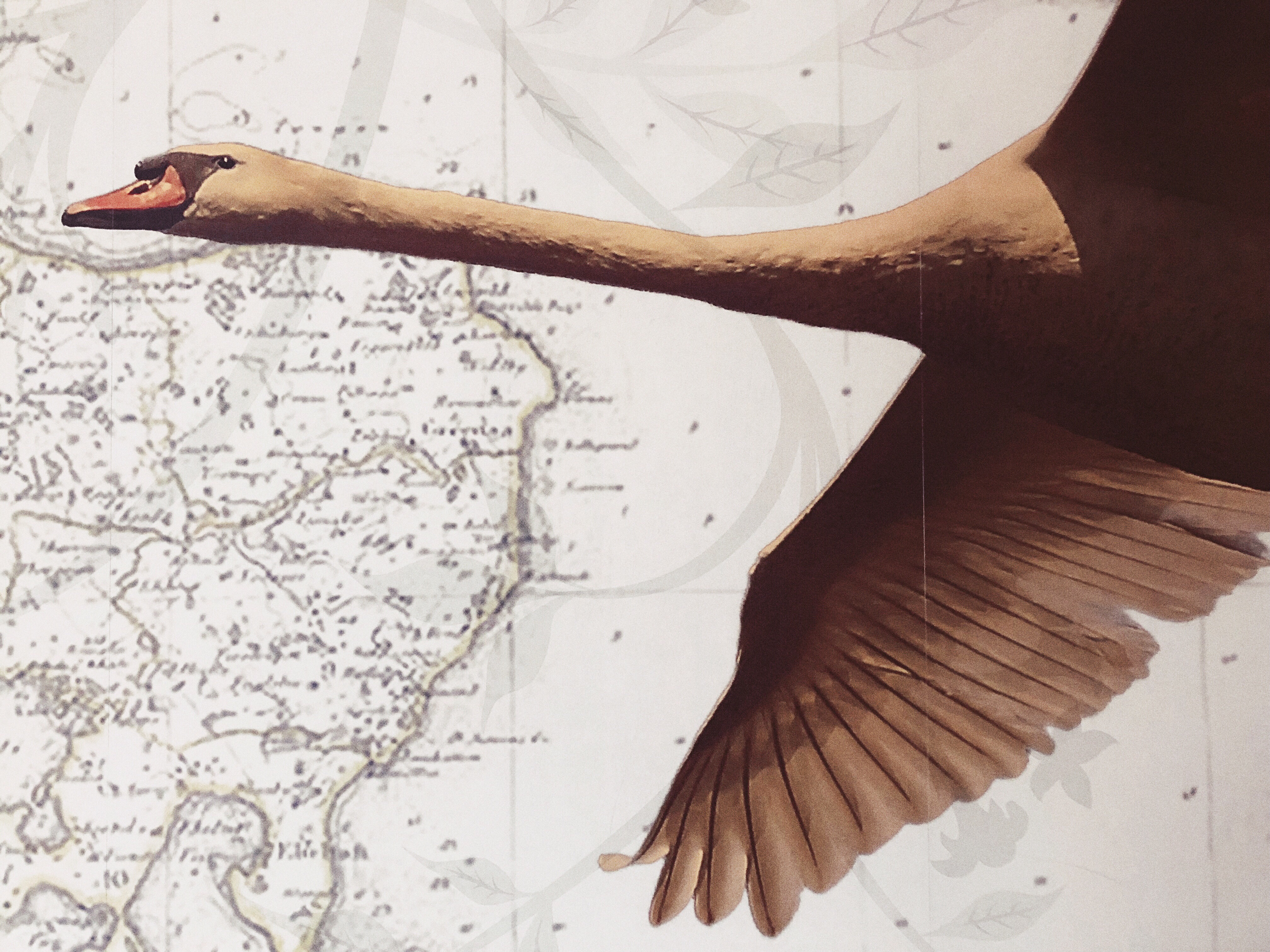
When birds start leaving and area, that is a warning sign
How much time do we have left?
It is coming. I would say we are about 20 to 30 years away from it. It’s that close. Thousands of species will disappear, glaciers will melt, and seas will rise within our lifetime.
Can you recall a personal moment in which you felt very connected to a bird?
I’m happy to live in a country in which bird migration is so frequent and strong, and I remember, as a child, looking at the skies and seeing thousands of birds passing by, floating above my head, and that was a magical experience. When I’m travelling and I am lucky enough to come across a legendary species, I think it is one of the most humbling experiences anyone can have.
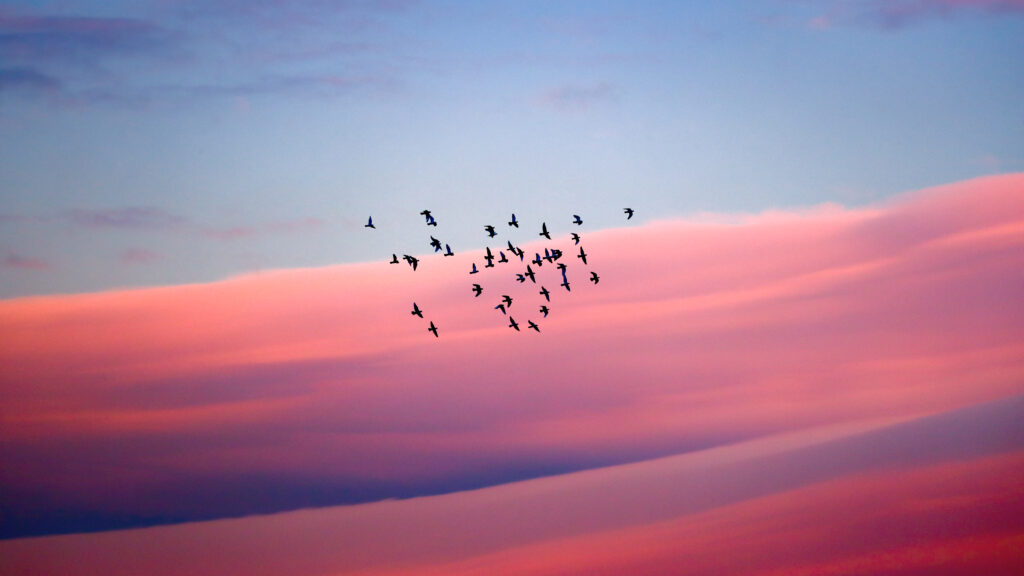
Why is migration so fascinating for you?
Because it is amazing to see how a tiny little warbler, which weighs about 10 grams and… is lighter than a ketchup sack from McDonald’s, is able to leave a garden in Germany in winter, spend… summer in the Sahara desert and then comes back to the very same garden in spring. We humans think we are so powerful, and yet we would never be able to do anything close to that.
I had memorable encounters in many places around the world, but waiting for this first flock of birds coming down from the sky, and knowing who they are, which day they will show up again, and knowing where they are going to — having nested in Europe in August, going to Africa, and finding the way back… — it is a very reassuring experience. Nature goes on, the cycle continues, and that is magical.
What is the relationship between migration and the language of birds?
Birds’ vocalization is something really fascinating and amazing. Bird-watchers understand that birds have a unique way to communicate amongst themselves and with other species and even with elements of nature. Small birds, in general, are unbelievable, they learn and invent new sounds during their migrations, they talk differently to birds according to their age and they have an amazing sense of orientation.
Do you have a favorite bird?
I get asked that a lot, but I don’t have a specific bird. I’m very fond of desert birds though. I like these little brown birds that sing amazingly.
What can This is My Earth do for birds?
TiME works with specialists in very specific areas that know a lot about how to protect birds. I think what you can do is to empower new generations, to disseminate your work and to train younger conservationists. I think This is My Earth is already doing a great job for birds.
Contact Jonathan Meyrav here [+]
